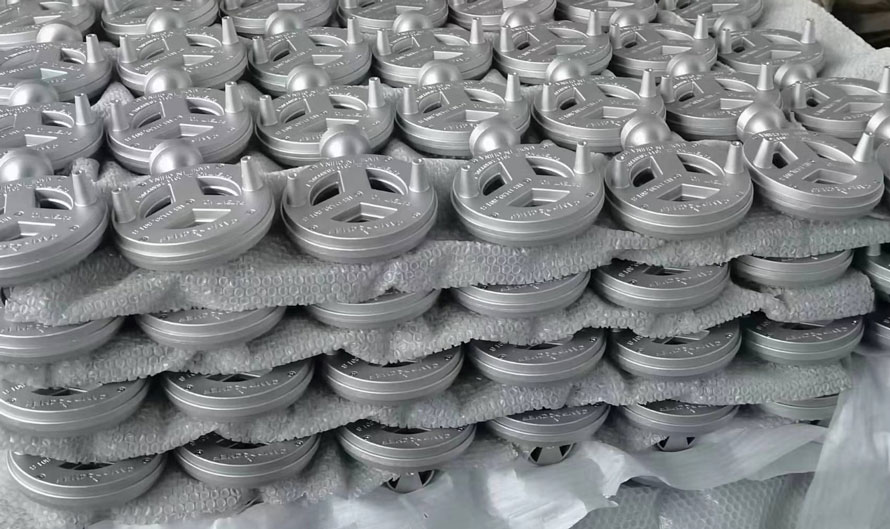
Die casting is one of the most popular manufacturing processes used for producing precise, high-quality metal parts. It involves forcing molten metal under high pressure into a mold cavity to create the desired shape. This process is widely used in various industries, including automotive, aerospace, and electronics. In this article, we will discuss the advantages and disadvantages of die casting.

Advantages of Die Casting:
1. High Production Rates: Die casting is an efficient and cost-effective manufacturing process that allows for high production rates. With the use of automated machines, die casting companies can produce large quantities of parts in a short amount of time. This makes it ideal for mass production.
2. Precision and Accuracy: Die casting produces parts that are accurate and precise. The metal is forced into the mold cavity under high pressure, resulting in parts that have a high degree of dimensional accuracy and uniformity. This makes die casting ideal for producing complex parts with tight tolerances.
3. Smooth Surface Finish: The use of a mold in die casting results in parts that have a smooth surface finish. This eliminates the need for additional surface finishing processes such as sanding or polishing, saving time and money.
4. Great Strength and Durability: Die casting produces parts that have high strength and durability. The metal is forced into the mold cavity under high pressure, resulting in parts that have a dense, consistent structure. This makes die casting ideal for producing parts that need to withstand heavy loads or vibration.

Disadvantages of Die Casting:
1. High Tooling Costs: Die casting requires the use of expensive molds and tooling. This can be a barrier to entry for small businesses or those producing small quantities of parts.
2. Limited Material Choice: Die casting is restricted to the use of certain metals such as aluminum, zinc, and magnesium. This limits the material options for parts production.
3. Porosity: Die casting can produce parts that have small air pockets or voids due to the nature of the process. This can compromise the integrity of the part or the surface finish.
4. Post-Processing Requirements: While die casting produces parts with a smooth surface finish, post-processing may be required to remove any remaining flash or excess material. This adds additional time and cost to the manufacturing process.
Conclusion:
Die casting is an excellent manufacturing process that provides high production rates, precision and accuracy, smooth surface finish, and great strength and durability. However, it is important to consider the disadvantages such as high tooling costs, limited material choice, porosity, and post-processing requirements. Weighing the pros and cons of die casting can help businesses make informed decisions about their manufacturing needs.